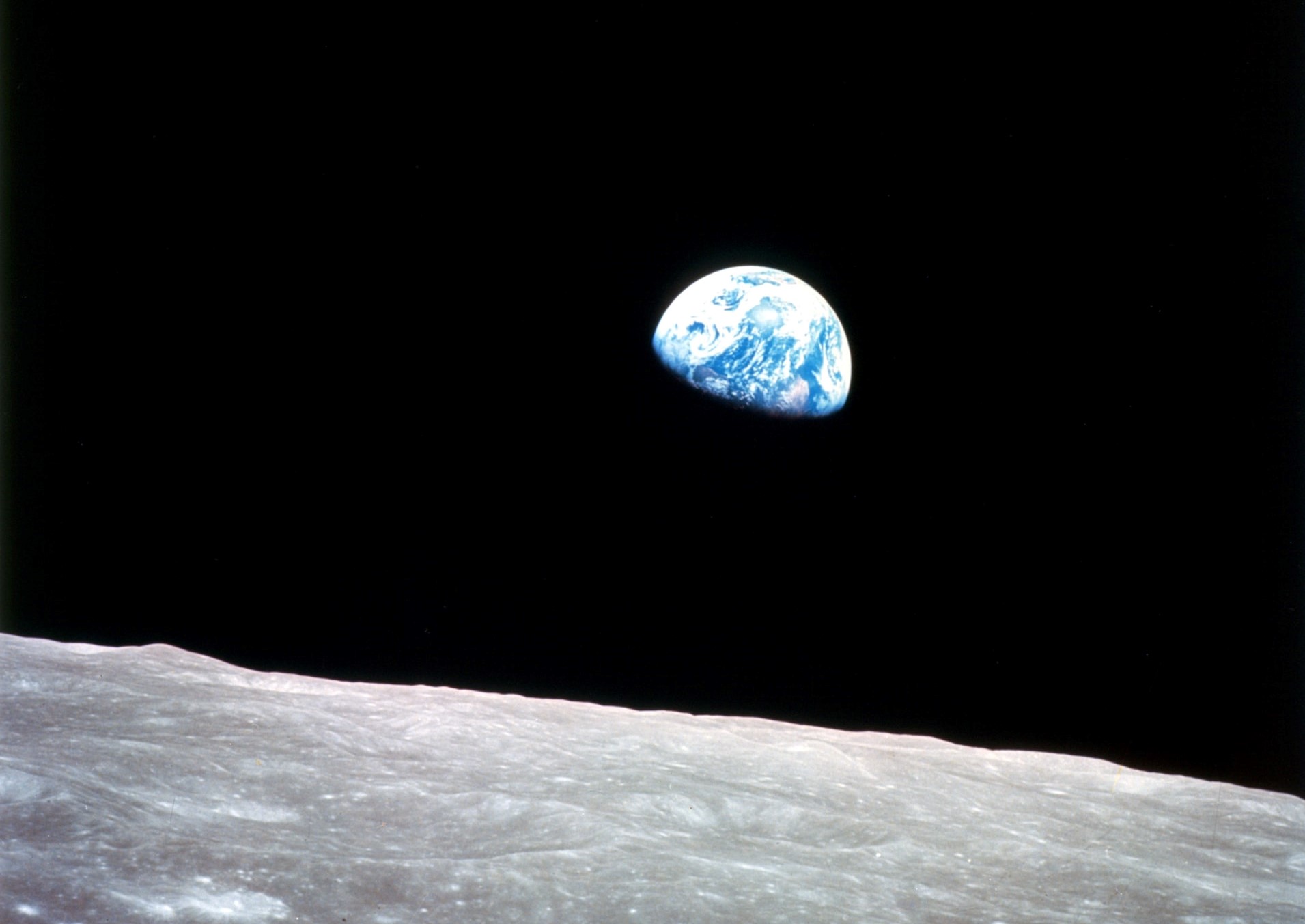World Environment Day is turning 50 years old. It was established by the United Nations on June 5th, 1972, at the first Conference on the Human Environment, which opened at that time in Stockholm. There were two main legacies of the historic gathering: the creation of UNEP, i.e. the United Nations Environment Program, and the Stockholm Declaration, which in 26 principles defines what, at least in its intentions, should have been humankind's balanced relationship with the Planet's resources. The first principle, in particular, defined that mankind “bears a solemn responsibility to protect and improve the environment for present and future generations”.
It is no coincidence that in that same year, only a few months earlier, the Club of Rome had released its first report on "The Limits to Growth”, issuing a clear warning about the risk of collapse of an economy and society based on infinite growth. A warning that has gone largely unheeded: as the Circularity Gap Report informs us, global resource consumption has quadrupled since 1972, breaking through the 100 billion tons per year threshold.
1972 is also the year in which James Lovelock's Gaia Hypothesis dawned on the world: the theory that the Earth behaves as one large organism, capable of self-regulation and self-regeneration in a closed cycle. Although the book was not published until 1979, Lovelock's revolutionary idea – as the 102-year-old author himself recounts in the film “Going Circular” (in competition these days at the CinemAmbiente festival) – began to take its first steps in academia a few years earlier in articles in scientific journals, without, however, being taken seriously.
Only one Earth and a necessary balance
There was, perhaps, a particular conjunction in that 1972, a concentration of energies that thrust the issue into the global spotlight. Or perhaps, as Hegel put it, it was a matter of Zeitgeist: the times were simply ripe for that powerful idea to be "embodied" in forms that, if we find familiar today, were then revolutionary or even subversive.
The concept of the "environment" as a self-regenerating closed macro-organism with a balance that, if not broken or disturbed, is capable of perpetuating itself indefinitely seems to us today not only acceptable but necessary. We are, in short, aware of how extraordinary and important this balance is, but also of how delicate it is.
And yet.
And yet we cannot help but constantly endanger it. We live as if we are not also part of this closed system, as if there are no limits to the resources we consume without bothering to regenerate them.
In 2021, a report published on Nature estimated that the mass of all human manufactures has now outweighed the living biomass on the Planet: concrete, asphalt, plastics, products and devices made of metal, wood, paper and all man-made objects now weigh 1.1 teratonnes. The Global Footprint Network has been telling us punctually for years that at current rates of production and consumption we would need 1.7 Earths.
But the Earth – as the theme of World Environment Day 2022 reiterates – is only one.
Re-entering the closed cycle of Gaia
All the anniversaries of this 2022 remind us that it has been 50 years since we officially started worrying about the environment. Unfortunately, worry is not synonymous with action.
However, looking back at the last half-century, it must be acknowledged that we have some examples of how timely, global and coordinated action has led to unexpected results. Among all of them is the hole in the ozone layer (discovered, by the way, thanks to Lovelock himself): it closed, or rather we closed it, by banning the use of chlorofluorocarbons with rapid and extensive international treaties.
We have already done it; we can do it again. Of course, it must be said that today's environmental challenges – from the climate crisis to biodiversity loss to plastic pollution – are enormous and may seem beyond our strength.
It is not like that. All international reports and studies claim that we have the solutions in our hands. The IPCC, in the thousands of pages of its latest report, lists countless systems and technologies for climate mitigation and adaptation. In addition, more and more studies point to the transition to a circular economy as the key to reversing the destructive course we have gotten ourselves into, with great potential in climate mitigation, safeguarding biodiversity and ecosystems, fighting pollution, and pursuing more equitable development for all.
Circularity not only as an economic model, but also as a social and cultural revolution, can therefore be the means to recover a balanced way of being in the world and enjoying its resources. It can bring us back inside the perfectly closed cycle of Gaia.
Image: Earthrise, NASA 1968 (Unsplash)



